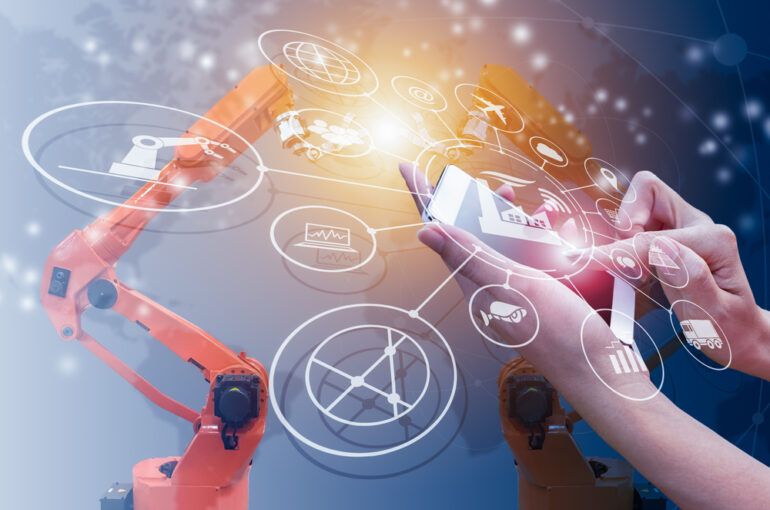Most companies are doing great investments in the Internet of Things (IoT) to improve business efficiency and reliability by widening human capabilities.
Real-time reports and future analytics are now starting to assist manufacturing industries to improve on their market allotments and earnings quicker than their counterparts in the manufacturing sector.
In other words, IoT helps create autonomous systems that are ideal in real-time reporting, bringing very important information and improving efficiency as well. Unlike human intervention, IoT is self-driven. NetSuite implementation is a good example of IoT in the manufacturing sector.
Unleashing the latest Opportunities for Manufacturers
The notable challenge that exists in the manufacturing sector is to offer unmatched services and products using the shortest time possible.
And it’s IoT that is involved in coming up with fresh opportunities for manufacturing industries to lower downtime, improve services, reduce production cost and increase efficiency.
Leveraging on self-driven learning algorithms, the internet of things (IoT) applications like NetSuite implementation, can access data and wide resources, upon which decisions are made in a matter of minutes. With these technologies, the most manufacturing process can be done with ease, hence increased revenues.
1. Over push & pull, you’ll be in a position to predict
Push system was used in the old era of manufacturing. In this case, you would need to come up with a product based entirely on the expected demand, and thereafter push it to different markets as per the demand.
Expectations in such situations particularly the laid plans usually go wrong. And therefore, the next available plan was to come up with a pull functionality, where inventory stock and demand sets off manufacturing up the supply.
Well, this is a very perfect system however, it was heavily dependent on very correct data, and most industries see it as a challenging task to work in absence of a co-joined available platform.
In that regard, the IoT will greatly encourage shifting towards an integrated visible system by ensuring the pull and push moves further – this will be possible by the use of real-time analytics and data to do a prediction on the demand, joining the good organization and execution.
With real-time data, the often improving demand models will be fed into, hence developing a manufacturing platform that’s ever in motion with the prevailing markets.
2. You’ll Bring Back the Control of Outsourcing
One way manufacturers lower their costs is by outsourcing. And that will remain a trend with no end for a while. Even so, outsourcing comes with its negative side – the absence of control.
Keep in mind that you’re giving out the production of your products to a third party, and you have no clue how they’ll do it. The control of quality, guarantee of supply with sustainability altogether cause great issues. However, that is coming to an end.
The IoT is going to provide good openness into all your business associates’ processes. Smart gadgets in an advanced manufacturing factory will be able to relay their up-to-speed or real-time condition to a unified hub that is responsible for verifying production.
Also, time-stamped and location data will offer excellent control, and visibility, and as such, having your products should not interfere with accountability
3. Capricious demand won’t hamper production
Manufacturing in the present is challenging due to volatile demand. Markets are blown out. In most cases, geo-political activities interfere with commerce.
New regions grow. Manufacturing companies are now discovering that need to work tirelessly to get a profit. The days where a company could create a nice product and make a profit out of it are gone.
In this era, the process is important just like the product itself. As such, IoT is changing everything by introducing a smart process of manufacturing that will allow for quick process realignments to new demand. Someone will want to know-how.
Visualize a quick order switch being introduced into a digital industry where gadgets are created to speak to one another.
The new order checks in, the gadgets check each other’s capability, and synchronizes with gadgets in a different location. They thereafter hone operations, and start changing production without any human intervention, possibly sharing the work among industries in fully different locations.







